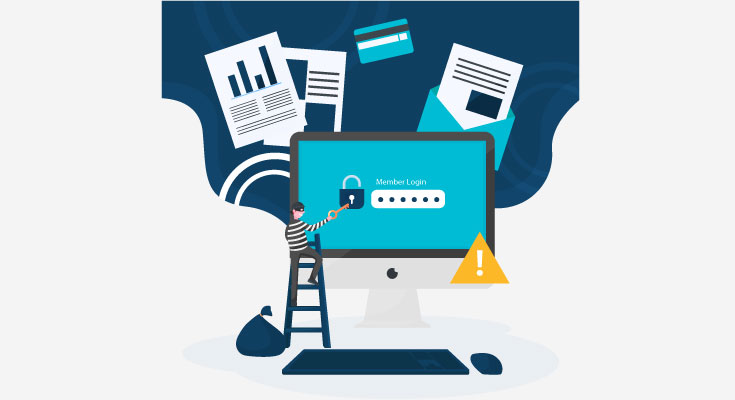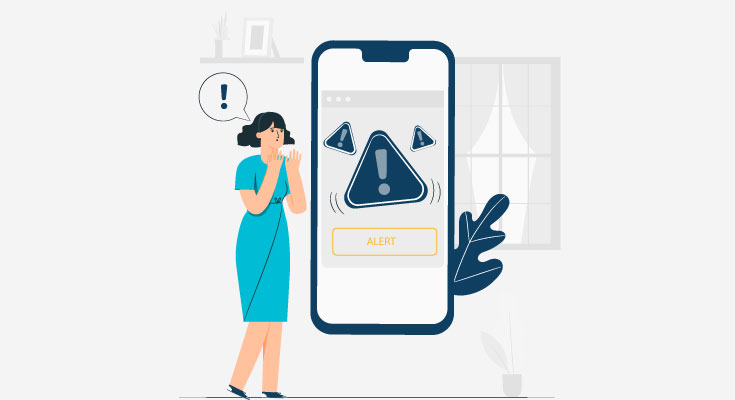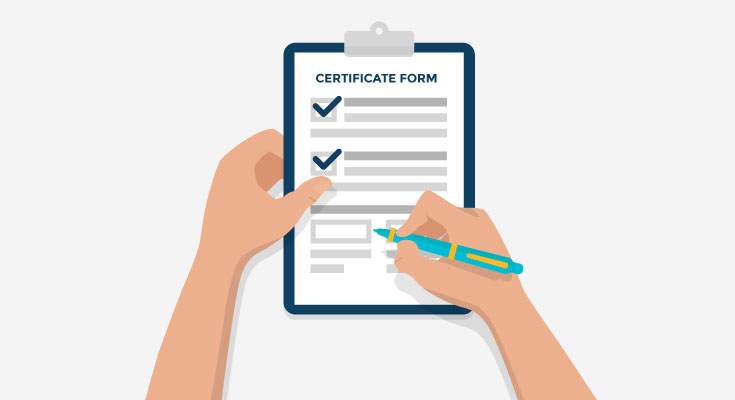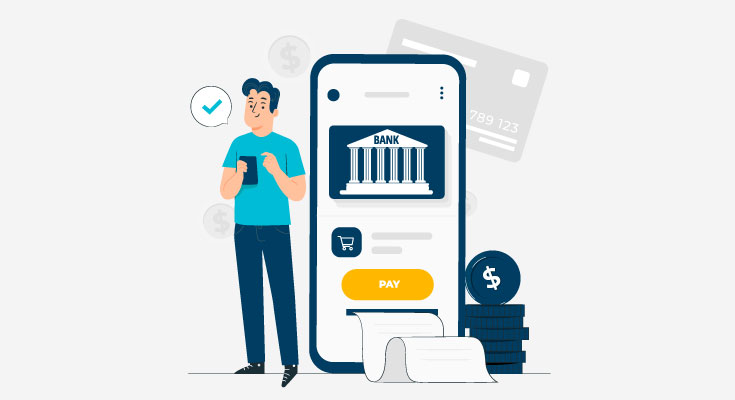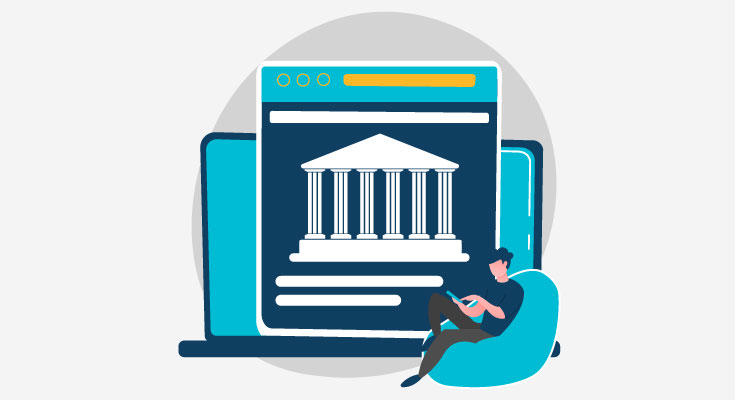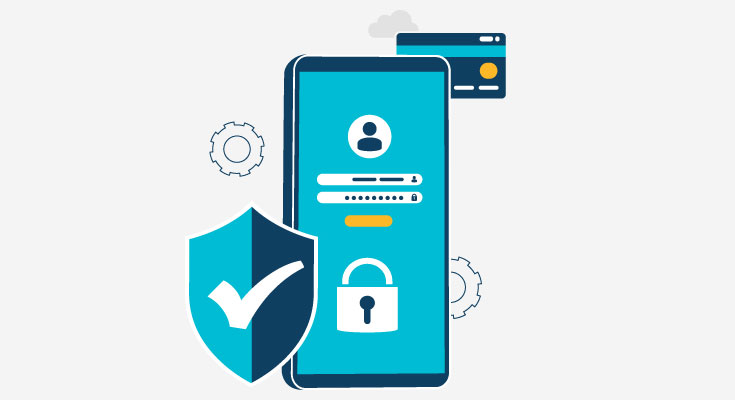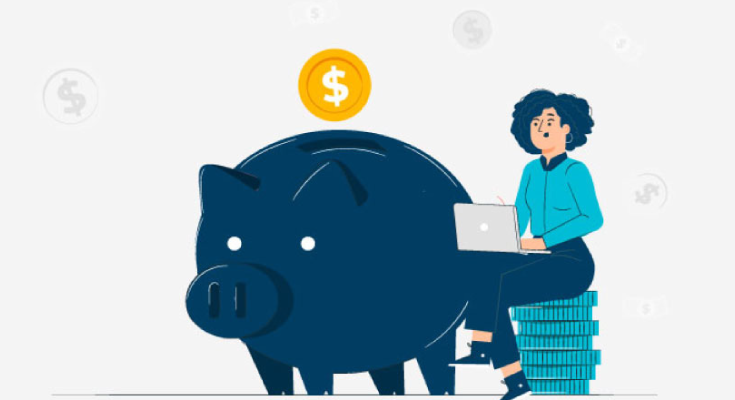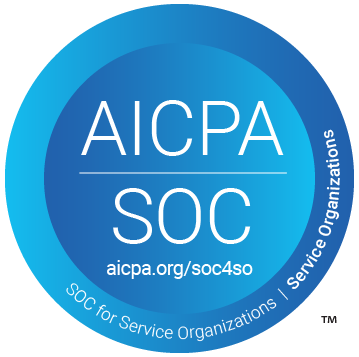Bank account errors can be costly for both the institute and the customers. Financial institutions, banks, and other businesses must ensure that all accounts and reference numbers are formatted correctly before any payments happen.
Bank account errors happen when there are any issues with this information. Sometimes they happen because financial institutes and banks fail to comply with compliance standards. The most common one is the BACS requirement, to ensure the bank account details exist and are associated with the payee.
To make sure payments happen without any errors, there have to be no mistakes in the input data. Even the smallest error in a bank account number can lead to payment failures, wrong transactions, and more.
Fortunately, banks, financial institutions, and businesses can significantly reduce the amount of banking errors with a series of checks.
In this blog, we’ll be going over the root causes of transaction errors, and how businesses can take the first steps toward reducing them.
What Are Bank Account Errors and What Causes Them?
Businesses that want to minimize bank account errors need to understand what type of errors are mostly impacting payments, and how commonly they happen.
Here are the most common bank account errors, this allows businesses to investigate the root causes of failed transactions.
Businesses that want to minimize bank account errors need to understand what type of errors are mostly impacting payments, and how commonly they happen.
Here are the most common bank account errors, this allows businesses to investigate the root causes of failed transactions.
1. Account number & sort code errors
Errors such as invalid bank account numbers or sort codes typically happen when customers mis-enter data into payment systems or company forms. This also happens when customer reps mis-hear or mis-key account information.
One of the most common reasons for this type of error code is if data is being migrated or copied between systems, especially if teams have to manually enter information.
These kinds of mistakes have serious consequences, ranging from failed transactions to misdirection of funds. Both of which lead to financial losses for both the consumers and organizations.
2. Reference number errors
There are some cases where the bank account number and sort code are correct, but the reference number (supplier number or invoice number) is wrong. In these cases, payments may be suspended pending investigation by the payment provider.
As an additional challenge, the failed transaction may not be marked to the person or organization making the payment. On the other end of the failed transaction, the recipient will not receive the funds.
3. Changes that Result in Invalid Bank Codes
The financial industry is prone to changing regulations. Sudden changes such as bank mergers, acquisitions, or restructuring can result in changes to the bank’s routing numbers.
When these changes happen, customers need to make sure that the latest details are used for all payments and transactions. The direct debits and other automated payments and deposits and other information are updated with their new details.
This is essential in ensuring that transactions can be verified correctly and there’s a low risk of failed transactions and misdirected funds.
How do Bank Account Errors Impact Businesses?
Common bank errors can have serious consequences for both businesses and consumers.
As bank errors that result in failed transactions require additional investigations are also time and costly. Moreover, these kinds of incidents lead to poor customer experience and poor brand reputation. A lot of businesses have also found out that failed transactions are directly related to a high rate of customer churn.
For consumers, failed transactions and misdirected funds can also be super frustrating. Customers are left waiting for funds for a long time, the consequences can be even more severe, preventing the use of the funds for essential items and bills.
How are Bank Errors Usually Handled?
Every organization across the globe handles bank account errors differently. In the US, for example, invalid accounts with no corresponding account lead to a transaction being rejected instantly.
In Europe, payment providers try to resolve the transaction, generally without informing the payee. This can help fix the problem in the short term, but it can result in serious consequences if funds are misdirected.
These mistakes can come to light over time, causing long-standing resolution challenges and major inconvenience for consumers.
How Bank Accounts Minimize Bank Account Errors?
There are different ways to minimize bank account errors. Let’s go over them one by one:
- Ensure Bank Accounts are Genuine
First, banks need to use automated checks to verify bank accounts are genuine and exist or not. This immediately reduces the risk of failed payments due to mis-typing bank account information, either by consumers themselves or by customer support teams.
- Make Sure All Bank Account Information is Formatted Correctly
The formatting of bank account details needs to be checked consistently and appropriately to ensure that information is correct. The information should be presented in a way that payment systems can recognize.
This check also helps in getting rid of account errors before they result in failed transactions or misdirected funds.

